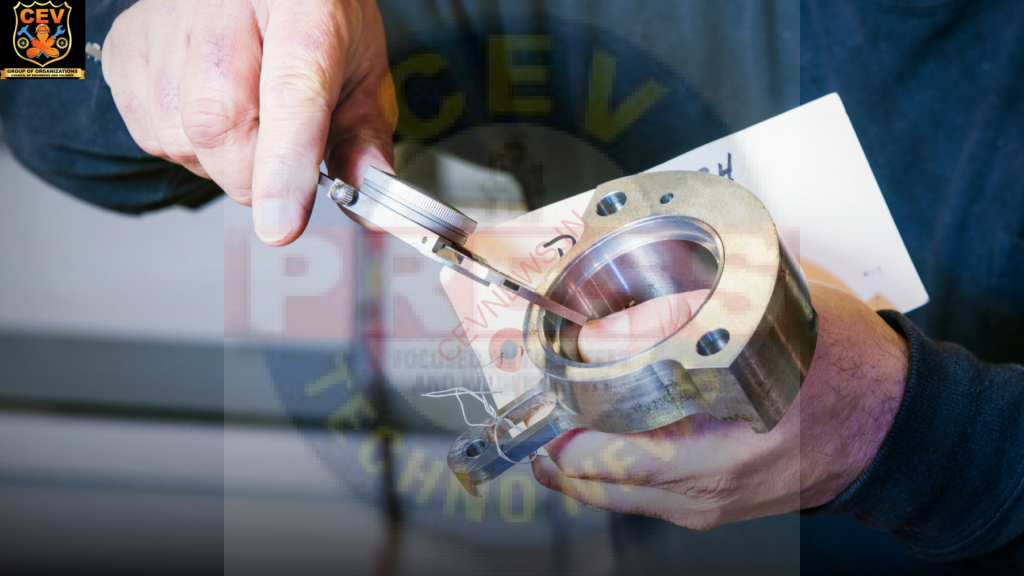ENSURING ACCURATE DESCRIPTION AND QUALITY OF GOODS IN INDIA
In a dynamic marketplace like India, where consumerism is on the rise and e-commerce is flourishing, ensuring the accurate description and quality of goods is paramount for consumer satisfaction and trust in the market. Several initiatives and regulations have been put in place to safeguard consumer interests and uphold the integrity of transactions. Here’s an overview of key points regarding this topic:
1. Legal Framework:
- India has comprehensive consumer protection laws such as the Consumer Protection Act, 2019, which aims to prevent unfair trade practices and protect consumers from defective goods and services.
- The Legal Metrology Act, 2009, regulates weights and measures, ensuring that products are accurately labeled with relevant information such as weight, volume, and dimensions.
2. Bureau of Indian Standards (BIS):
- BIS is a national standards body that formulates and certifies quality standards for various products through its certification schemes.
- Mandatory BIS certification is required for certain products like electronics, automotive components, and food items to ensure adherence to quality benchmarks.
3. E-commerce Regulations:
- The Government of India has introduced specific guidelines and regulations for e-commerce platforms to ensure transparency and accountability in online transactions.
- E-commerce entities are mandated to display accurate information regarding products, including their specifications, pricing, and terms of sale.
4. Consumer Awareness Programs:
- Various consumer awareness programs and campaigns are conducted by government bodies, consumer forums, and non-profit organizations to educate consumers about their rights and the importance of verifying product quality.
- These programs aim to empower consumers to make informed purchasing decisions and recognize misleading or false product descriptions.

5. Quality Control Mechanisms:
- Quality control mechanisms are implemented by regulatory bodies and industry associations to monitor the manufacturing processes and verify product quality.
- Regular inspections, testing procedures, and audits are conducted to ensure compliance with quality standards and regulations.
6. Consumer Grievance Redressal:
- Effective grievance redressal mechanisms are in place to address consumer complaints related to inaccurate product descriptions or substandard quality.
- Consumers can file complaints with consumer forums, helplines, or online portals established by government agencies for prompt resolution.
7. Collaboration with Industry Stakeholders:
- Collaboration between government agencies, industry stakeholders, and consumer advocacy groups is crucial for promoting ethical business practices and maintaining consumer trust.
- Joint efforts are made to develop and enforce industry-specific standards, codes of conduct, and quality assurance frameworks.
8. International Standards Adoption:
- India aligns its quality standards with international benchmarks by adopting relevant standards set by organizations such as the International Organization for Standardization (ISO) and the International Electrotechnical Commission (IEC).
- This facilitates global trade and enhances the competitiveness of Indian products in international markets.
Ensuring the accurate description and quality of goods in India involves a multifaceted approach encompassing legal regulations, standards enforcement, consumer awareness, quality control measures, grievance redressal mechanisms, stakeholder collaboration, and international harmonization efforts. Upholding these standards is essential for fostering consumer confidence, promoting fair trade practices, and sustaining the growth of the Indian economy.


